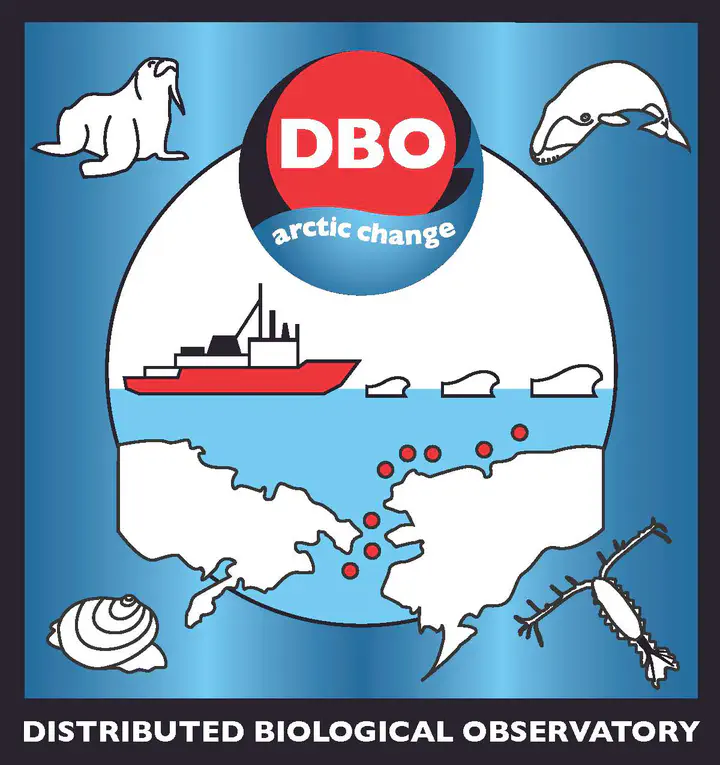Marine Mammal Watch, collected from the Research Vessel Sikuliaq, Northern Bering Sea to Chukchi Sea, 2025

Abstract
The Pacific sector of the Arctic Ocean is experiencing major reductions in seasonal sea ice extent and increases in sea surface temperatures. One of the key uncertainties in this region is how the marine ecosystem will respond to seasonal shifts in the timing of spring sea ice retreat and/or delays in fall sea ice formation. Variations in upper ocean water hydrography, planktonic production and advection, pelagic-benthic coupling and sediment carbon cycling are all influenced by sea ice and temperature change. To more systematically track the broad biological response to sea ice retreat and associated environmental change, an international consortium of scientists have developed a coordinated Distributed Biological Observatory (DBO) that includes selected biological measurements at multiple trophic levels, along with satellite and mooring measurements. The DBO currently focuses on five regional biological “hotspot” locations that allows for consistent sampling and monitoring at biologically productive locations across a latitudinal gradient: DBO 1 (SLIP [St. Lawrence Island Polynya])-south of St. Lawrence Island (SLI), DBO2 (Chirikov)-north of SLI, DBO3 (southern Chukchi Sea), DBO4-NE (northeast) Chukchi Sea, and DBO5-Barrow Canyon. In addition to a suite of biophysical sampling, the DBO also includes seabird surveys and a marine mammal watch along the ship’s track whenever possible, to provide a means to detect responses of these upper-trophic level predators to changes in the Pacific Arctic marine ecosystem.